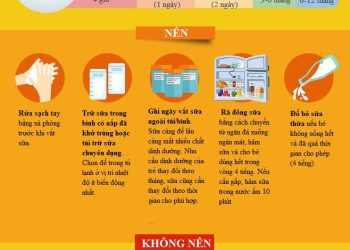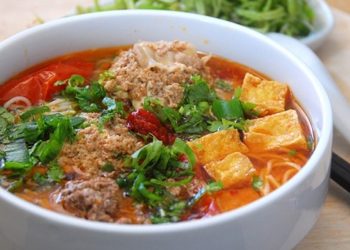Ancient Chinese coins offer a fascinating glimpse into China’s long history and rich culture. Here’s a summary of key information:
- Early Currency: Ancient China initially used diverse forms of exchange, including cowrie shells (Shang and Zhou dynasties), bronze tools like spades and knives (Spring and Autumn period), and bronze replicas of cowries.
- Standardization: The Qin Dynasty, in 221 BC, unified the currency system, introducing the round Ban Liang coin with a square hole in the center, which became the standard form for centuries.
- Han Dynasty Innovations: The Han Dynasty introduced the Wu Zhu coin, a lighter coin with a raised rim, which remained in circulation for an impressive 700 years.
- Tang Dynasty Influence: The Kaiyuan Tongbao , introduced in AD 621, significantly influenced later Chinese and East Asian coin designs.
- Cash Coins: The most recognizable ancient Chinese coins are known as “cash coins.” These coins are typically round with a square hole in the middle, and were cast from copper alloys.
- Paper Money: China was also a pioneer in using paper money, with the earliest forms appearing in the Tang Dynasty and becoming more widely adopted during the Song Dynasty.
- Heaven and Earth: The round shape of ancient Chinese coins represents heaven, while the square hole in the center symbolizes the earth.
- Good Fortune: Coins, particularly the “cash” coins, are considered symbols of wealth and good fortune in Chinese culture.
- Feng Shui: Cash coins are commonly used in Feng Shui practices to attract wealth and promote positive energy flow.
- Superstitions: Ancient Chinese coins were used in fortune-telling and traditional medicine, and are still regarded as lucky charms today.
- Manufacturing: Traditionally cast, but later machine-struck during the Qing Dynasty.
- Materials: Primarily copper or bronze alloys, but also found in iron, lead, zinc, and occasionally silver or gold.
- Inscriptions: Often featuring reign titles, auspicious phrases like “circulating treasure” (Tongbao), and sometimes mint locations or denominations.
- Variety and Rarity: The value of ancient Chinese coins can vary greatly depending on their rarity, condition, and historical significance. Some rare coins can fetch high prices.
- Availability: Many types of ancient Chinese coins are available for purchase online and through various vendors, with prices ranging from affordable to thousands of dollars.
- Resources for Collectors: Several resources, such as books and online marketplaces, cater to collectors of ancient Chinese coins.
Ancient Chinese coins represent a fascinating intersection of history, culture, and monetary development. Their diverse forms, symbolic meanings, and long-standing use offer a rich field of study and collection.









What were ancient Chinese coins called?
Thanks for asking. The liang was a small Qin unit of weight, also known as the “tael” or “Chinese ounce”, approximately equal to 16 g (0.56 oz). The liang was divided into 24 zhu (銖, zhū), so that the Ban Liang coins were each notionally 12 zhu or about 8 g (0.28 oz).
What was ancient China’s currency called?
I can help with that. The Zhou, the Wei (魏), the Han (韓) and the Qin (秦) all used coins shaped like a spade (bu). The Qi (齊) used money in the shape of a knife (dao). The Zhao (趙) and the Yan (燕) used knife money before switching over to spade money roughly halfway through the Warring States period.
What is the oldest Chinese coin?
Two spade coins and a dozen moulds were discovered at the Guanzhuang Mint, these were attributed to have been produced between 640 BCE and no later than 550 BCE, which according to Hao Zhao, an archaeologist at Zhengzhou University, in an article published in Antiquity makes it the world’s oldest known mint.
Are ancient Chinese coins worth money?
Types of Old Chinese Coins
Their value varies greatly based on their age, rarity, and condition. Early examples from the Warring States period or rare mints from the Song Dynasty can fetch high prices. Silver Coins: The late Qing Dynasty and the Republic of China period (1912-1949) saw the production of silver coins.